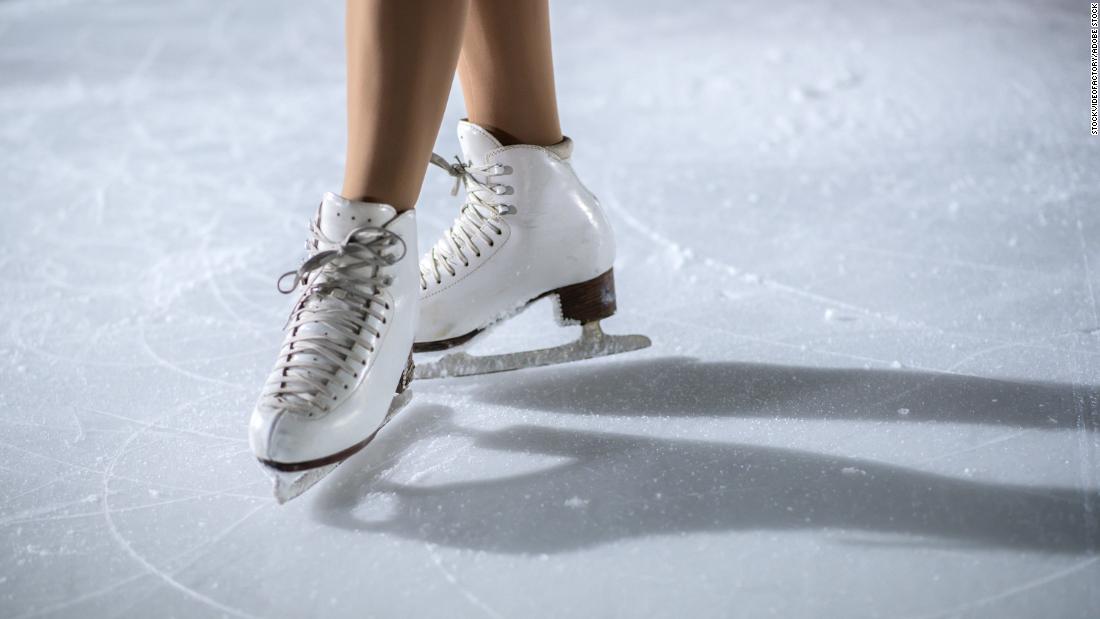Here’s how women’s figure skating is now scored (and why stamina often leads to more points)
Now, another Olympic skating controversy has gripped die-hard and casual fans alike.
As the investigation continues, Valieva was allowed to compete in the Olympic women’s individual figure skating event.
Here’s how the sport has evolved in recent years to reward increased athleticism and stamina:
More difficult jumps = more points
In 2004, the International Skating Union ditched the subjective “6.0” scoring system for the more rubric-based International Judging System that gives certain base points for jumps depending on their degree of difficulty and how many times the skater rotates in the air.
For example, a quadruple Lutz — in which a skater makes four revolutions in the air — carries more base points than a triple Lutz.
But a triple Lutz carries more base points than less difficult triples, such as a triple loop or a triple Salchow.
After each jump, skaters can gain or lose points from the base value depending on the grade of execution — how well or poorly they executed the jump.
But in recent years, skaters have been able to win competitions largely due to points racked up from jumping — with quadruple jumps playing a larger role in men’s and women’s skating.
Why better stamina can win skaters more points
In women’s figure skating, athletes perform two routines: the short program, which is about 2 minutes and 40 seconds long, and the free skate, which is about 4 minutes long.
With the current scoring system, jumps performed in the second half of the free skate can get a 10% bonus because it’s more difficult to perform them on tired legs.
2018 Olympic champion Alina Zagitova, who was also coached by Tutberidze, capitalized on this and put all her triple jumps in the second half of her free skate. The 15-year-old Russian won Olympic gold and was celebrated by President Vladimir Putin.
But critics denounced Zagitova’s method of winning, saying the teen’s performance lacked artistry or relied too heavily on jumps crammed in the second half of the routine to maximize points.
Since the last Olympics, women’s figure skating has been dominated by Russian teenagers such as Kamila Valieva, Anna Shcherbakova and Alexandra Trusova.
All three have won international championships after adding quadruple jumps in their routines — an enormous athletic feat.
Valieva became the first individual female skater to land a quad at the Olympics when she helped Russian skaters win the team event last week.
But she might not get that team Olympic gold medal around her neck for a while — if at all.
CNN’s Simone McCarthy, Hannah Ritchie and George Ramsay contributed to this report.
![]()


